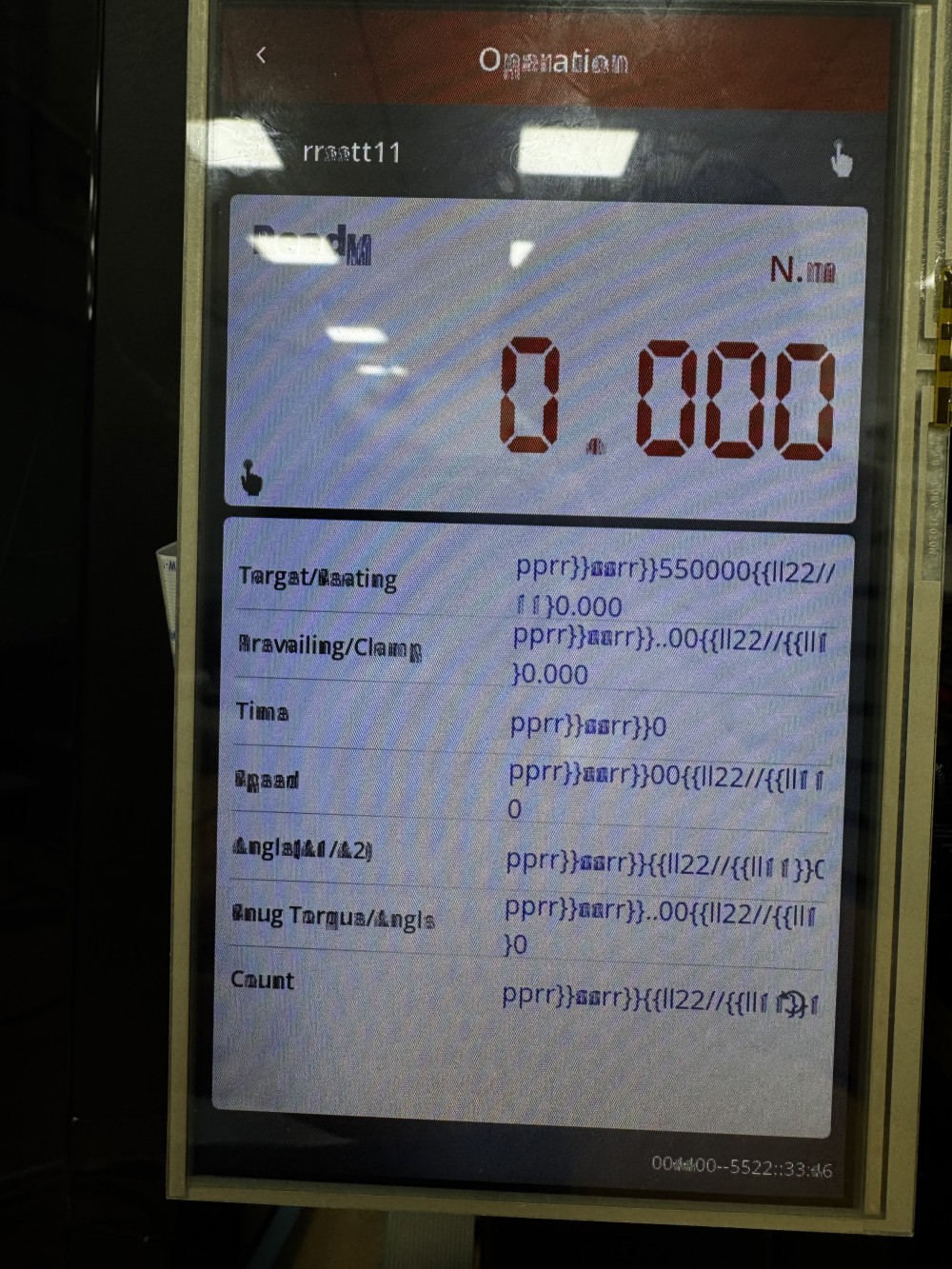Hi.
I built a custom board using an STM32H7 and ported the embedded wizard.
In development, it works fine and displays the screen.
In the final step, I set the optimisation option in the STM32 compiler to "Optimise for speed (-Ofast)" and write the firmware binary file to the board and check, the characters are broken.

Firmware with no optimisation options set will work normally.
Images and such are fine, but only text is broken.
I am in a situation where I need an optimisation option due to performance issues, do you have any ideas to solve this?